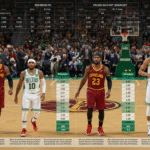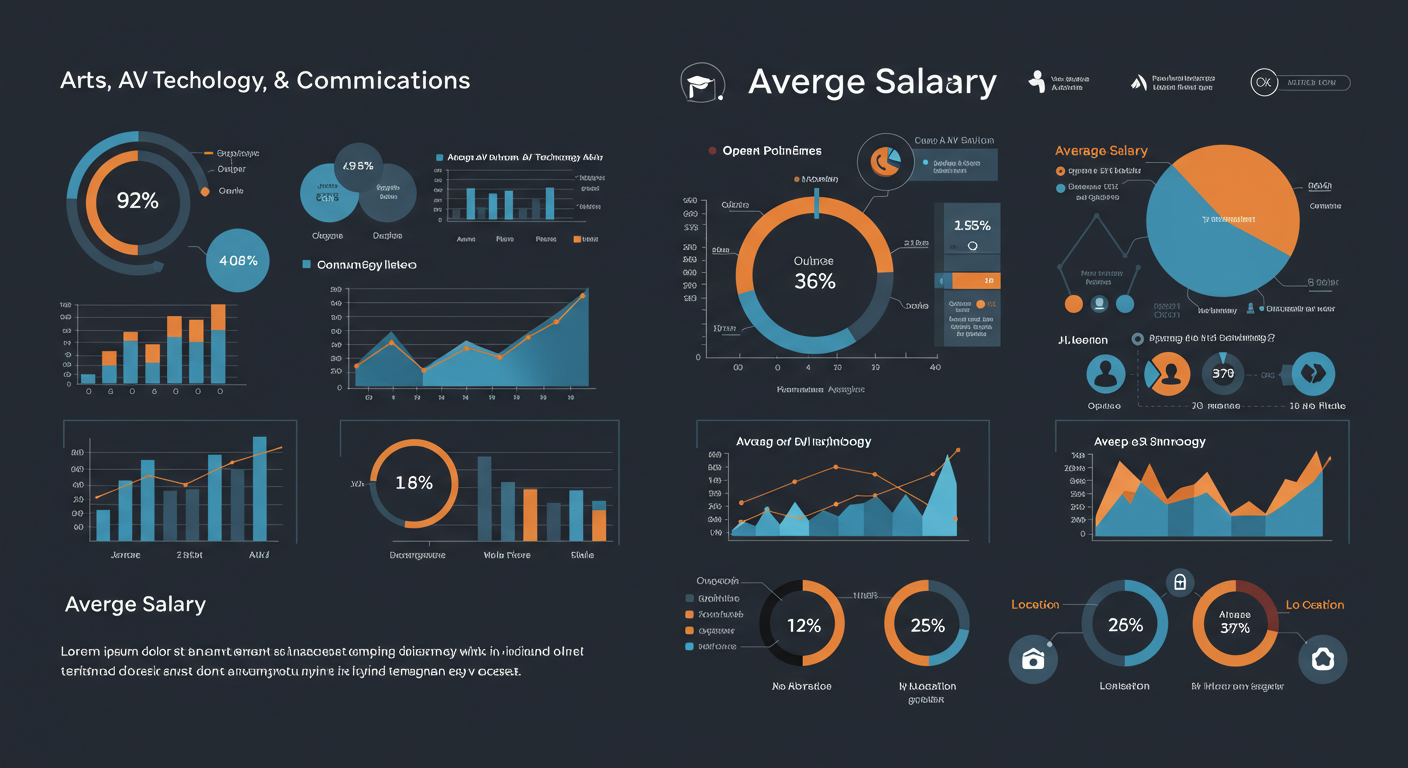In today’s fast-evolving world, career choices often revolve around two broad categories: arts a v technology and communications average salary. While both fields offer exciting opportunities, one key factor that often influences career decisions is salary. So, how do the average earnings compare in 2025 between the creative industries and the high-tech world of communications and technology?
read more technology news optech Latest in Smart Tech Innovations
The Average Salary in Arts
Arts-related careers—ranging from graphic design and music to writing and fine arts—are typically driven by creativity and passion. However, when it comes to income, these fields tend to offer modest salaries.
-
Graphic Designers: $55,000/year (average in the U.S.)
-
Writers and Authors: $60,000/year
-
Fine Artists and Illustrators: $50,000/year
-
Musicians and Singers: Highly variable, average around $45,000/year
Artists who freelance or rely on commissions may experience income instability, but they also enjoy flexibility and creative freedom. With the rise of digital platforms like Etsy, YouTube, and Patreon, many creatives are now finding alternative income streams.
Technology and Communications Salaries
On the other hand, technology and communication careers are booming due to rapid digital transformation and global connectivity. These jobs typically offer higher salaries and greater job stability.
-
Software Developers: $105,000/year
-
Data Analysts: $90,000/year
-
IT Managers: $120,000/year
-
Public Relations Specialists: $70,000/year
-
Digital Marketers: $75,000/year
Careers in tech and communications often benefit from structured career paths, benefits packages, and remote work opportunities, making them attractive to job seekers.
Key Differences and the Pay Gap
There’s a noticeable pay gap between the arts and STEM-related careers. The reasons include:
-
Market Demand: Tech skills are in higher demand due to automation, AI, and cloud computing.
-
Scalability: Tech products and services can often scale globally, leading to higher profits.
-
Perceived Value: Technical skills are often seen as essential, whereas art is sometimes undervalued despite its cultural importance.
However, the arts industry still thrives in areas like entertainment, advertising, and digital content creation, where successful individuals can earn six or even seven-figure incomes.
Bridging the Gap: The Rise of Creative-Tech Hybrids
Interestingly, many new roles blend arts and technology, such as:
-
UX/UI Designers
-
Game Developers
-
Motion Graphic Artists
-
Content Creators
These hybrid careers offer the creativity of the arts with the earning potential of technology, making them increasingly popular among young professionals.
Final Thoughts
While technology and communications jobs generally offer higher salaries than traditional arts careers, both fields have their value. Choosing a path should depend on personal interest, skill set, and long-term goals—not just salary. For those looking for the best of both worlds, creative-tech roles might be the future.
Ray-Ban Meta Smart Glasses Review: The Perfect Blend of Style and Technology










